Introduction
The shimmering, almost ethereal transparency of a milk candy wrapper has long fascinated both children and adults alike. These delicate sheets, which crinkle softly as they are peeled away to reveal a sugary treasure, serve a dual purpose: they protect the candy from moisture and contaminants while enticing the eye with a glimpse of the sweet inside. Yet, beneath their unassuming appearance lies a complex story of materials science, industrial innovation, and environmental responsibility. This article delves into the world of transparent candy wrappers, exploring their composition, history, and the evolving landscape of sustainable packaging in the confectionery industry.
A Brief History of Candy Wrappers
The art of wrapping candies dates back centuries, evolving from rudimentary leaves or cloth to sophisticated, engineered materials. In the early 20th century, as mass production transformed the confectionery sector, the need for durable, hygienic, and visually appealing packaging became paramount. Early wrappers were often made from waxed paper or glassine, a dense, glossy paper treated to resist grease and moisture. However, the quest for greater clarity and durability led manufacturers to explore new materials, including cellophane—a revolutionary transparent film derived from cellulose.
The Science Behind Transparent Papers
Transparent papers used in candy wrapping fall into two primary categories: cellophane and glassine. While both are derived from wood pulp, their production processes and properties differ significantly.
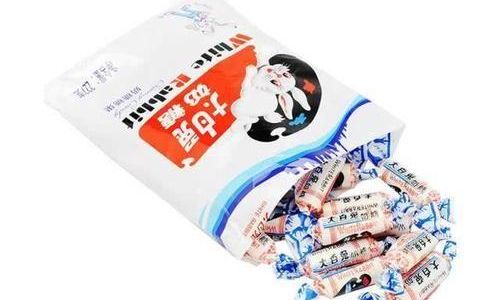
- Cellophane: The Original Transparent Wonder
Cellophane, invented in 1908 by Swiss chemist Jacques E. Brandenberger, is a regenerated cellulose film. Its production involves dissolving purified cellulose (typically from wood, cotton, or hemp) in a solution of carbon disulfide and sodium hydroxide, creating a viscous liquid called viscose. This liquid is then extruded into a thin sheet, washed to remove chemicals, and dried under tension to produce a clear, flexible film.
Cellophane’s appeal lies in its natural origins and biodegradability. It is permeable to moisture vapor, allowing candies to “breathe” while preventing microbial contamination. However, its susceptibility to humidity and lack of heat resistance limited its use in certain applications. To address this, manufacturers began coating cellophane with nitrocellulose or polyvinylidene chloride (PVdC), enhancing its barrier properties without compromising transparency.
- Glassine: The Durable Workhorse
Glassine, by contrast, is a smooth, glossy paper produced through a process called supercalendering. Raw wood pulp is chemically treated to remove lignin (a natural polymer that causes yellowing), refined into a pulp, and pressed under high heat and pressure. The result is a dense, grease-resistant paper with a high gloss finish.
Unlike cellophane, glassine is opaque when first produced but can be made transparent through additional chemical treatments or by blending with synthetic polymers. Its resistance to oils and fats makes it ideal for wrapping chocolate-coated candies or buttery toffees. However, glassine’s lower permeability means it is less effective at preventing moisture buildup, a critical factor for candies prone to stickiness.
Why Transparency Matters
The allure of transparent wrappers extends beyond aesthetics. For consumers, the ability to see the candy inside serves as a quality assurance measure—a promise of freshness and authenticity. For manufacturers, transparency enables branding through vibrant printed designs visible without opening the package. This dual functionality has made transparent wrappers a staple in the confectionery industry, despite the rise of alternative materials.
Environmental Impact and Sustainability
The 21st century has brought renewed scrutiny to the environmental footprint of packaging materials. Cellophane, once hailed as a biodegradable alternative to plastic, faces competition from synthetic films like oriented polypropylene (OPP) and polyethylene terephthalate (PET), which offer superior durability and cost-efficiency. However, these plastics persist in landfills for centuries, raising concerns about microplastic pollution.
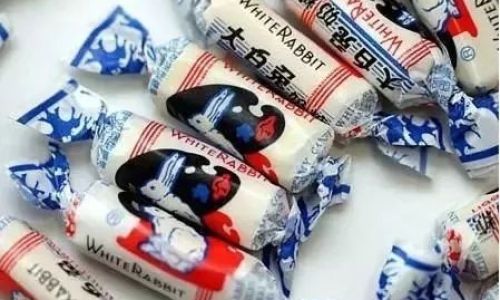
In response, manufacturers are revisiting cellulose-based materials with renewed vigor. Modern cellophane production incorporates closed-loop systems to recover solvents, reducing chemical waste. Some companies now offer compostable cellophane variants coated with plant-based polymers, bridging the gap between functionality and eco-friendliness.
Glassine, too, has evolved. Recycled glassine papers, made from post-consumer waste, are gaining traction in premium candy packaging. While not fully biodegradable, their recyclability and lower carbon footprint compared to virgin plastics make them a compelling choice for eco-conscious brands.
The Role of Innovation: Edible Wrappers and Beyond
The quest for sustainable packaging has spurred radical innovation. Edible wrappers, made from starch, gelatin, or even seaweed extracts, are emerging as a zero-waste solution. These films dissolve harmless in the mouth, eliminating waste entirely. However, their fragility and susceptibility to humidity limit their use to specific candy types.
Another frontier is nanocellulose, a strengthened form of cellulose derived from plants or bacteria. Nanocellulose films boast exceptional barrier properties and transparency, rivaling synthetic plastics. While still in experimental stages, these materials could revolutionize candy packaging within a decade.
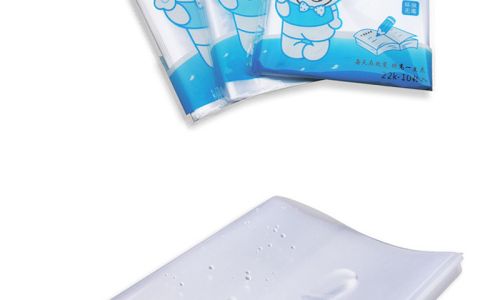
Consumer Perceptions and Market Trends
Today’s consumers demand transparency—literally and figuratively. A 2023 survey by GlobalData revealed that 68% of global consumers prioritize sustainability in purchasing decisions, with 42% willing to pay more for eco-friendly packaging. This shift has prompted confectionery giants like Mars and Nestlé to invest in recyclable or compostable wrappers.
Smaller artisanal brands are leading the charge, adopting glassine or cellophane wrappers certified by the Forest Stewardship Council (FSC), ensuring responsible sourcing. Meanwhile, direct-to-consumer platforms like Etsy showcase vintage-inspired candies wrapped in handmade rice paper, appealing to nostalgia and sustainability simultaneously.
Challenges and Limitations
Despite advancements, challenges persist. Cellophane’s moisture sensitivity remains a hurdle in humid climates, while glassine’s opacity without chemical additives limits its use in clear packaging. Synthetic alternatives, though criticized, offer unmatched durability and cost benefits, making them hard to replace entirely.
Regulatory hurdles further complicate matters. In the European Union, stricter regulations on single-use plastics have accelerated the adoption of cellulose-based films. However, in regions with less stringent environmental policies, plastic wrappers dominate due to lower production costs.
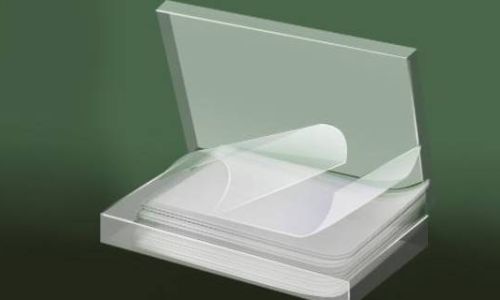
The Future of Candy Wrappers
The ideal candy wrapper of the future will balance functionality, aesthetics, and sustainability. Hybrid materials—such as cellulose films coated with algae-based barriers—may offer the best of both worlds. Meanwhile, breakthroughs in biodegradable coatings could extend the shelf life of traditional papers, reducing food waste.
Education will also play a role. Clear labeling indicating recyclability or compostability can empower consumers to make informed choices, driving demand for greener packaging. Collaborations between confectioners, material scientists, and environmental NGOs will be pivotal in scaling sustainable solutions.
Conclusion
The humble transparent paper wrapping a milk candy is a microcosm of broader societal shifts. Once a simple protective layer, it now embodies the tension between tradition and innovation, nostalgia and progress. As consumers and manufacturers alike grapple with the urgency of climate action, the candy wrapper serves as a reminder: even the smallest choices can ripple into lasting change. Whether through revived interest in cellulose, breakthroughs in edible films, or the quiet triumph of recycled glassine, the future of candy packaging promises to be as sweet—and sustainable—as the treats it holds.

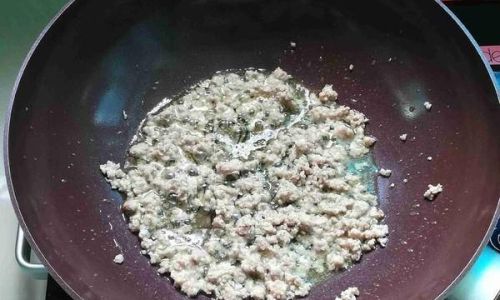



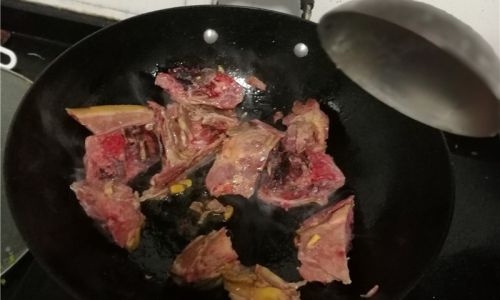
0 comments